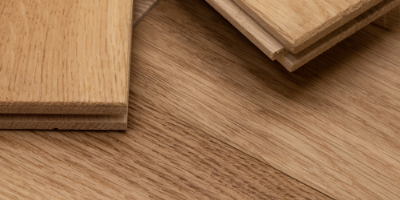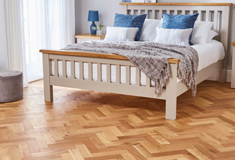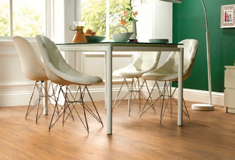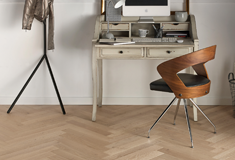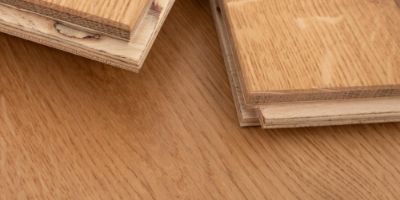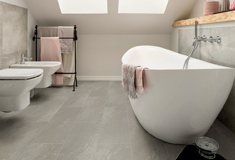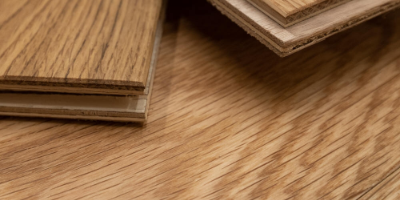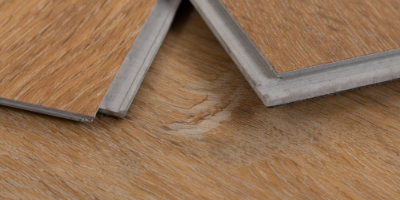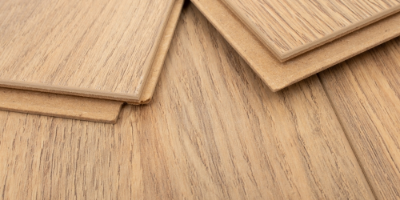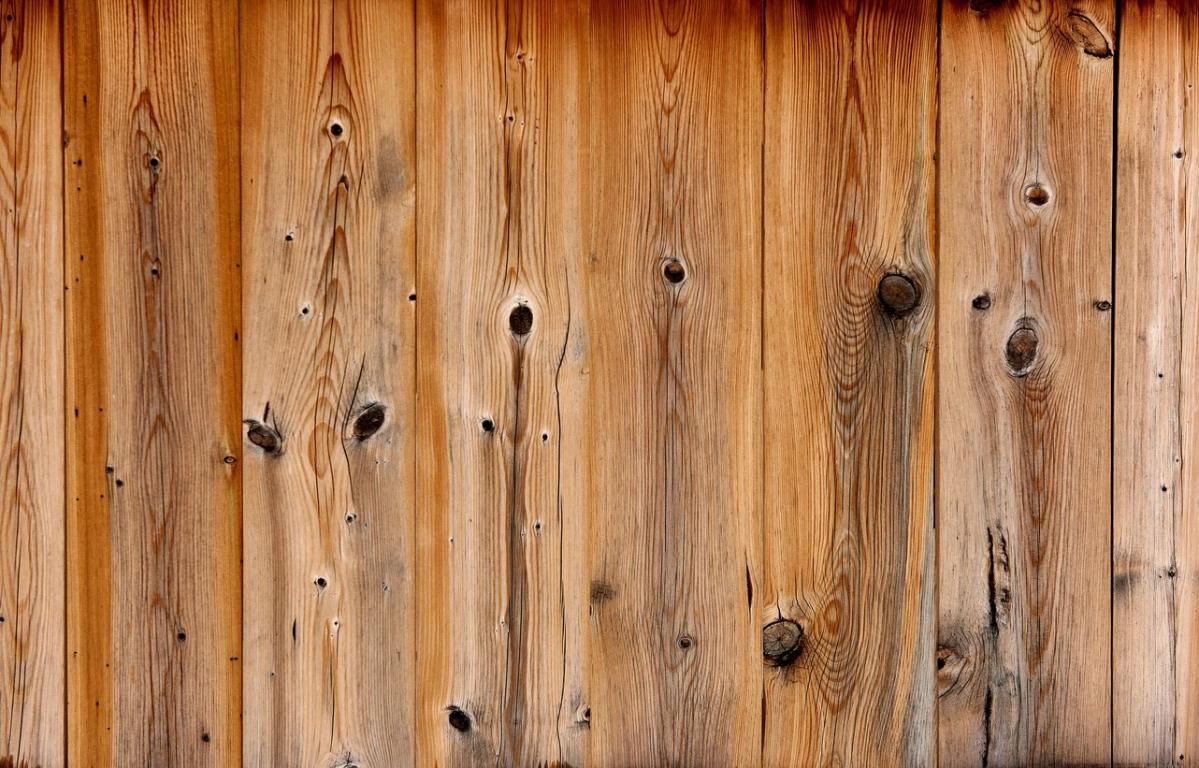How Many Times Can You Sand Solid or Engineered Wood Floor?
Sanding a floor usually takes place when a floor is first laid or when a floor is looking a tad old and shabby. A floor is sometimes sanded when first installed to ensure the floor is completely level. Old floors are sanded to even out any worn areas, remove any scratch marks and to erase tired looking wood finishes. When sanding your floor, you essentially remove just under a millimetre off the top layer, which creates a new fresh top layer.
There are many questions asked about how many times a floor may be sanded and it always depends on the type of flooring and thickness. Solid wood flooring can be sanded down until the tongue and groove level is within a millimetre, but this depends on how thick the layer above the tongue and groove is. Typically, most solid wood floors have a thickness of 18mm or above, which allows a floor to be sanded down up to 8 times without compromising any of the timber
In the past it is known that engineered wood flooring is unable to be sanded at the same rate as solid wood flooring, however recently this perception has been changed. The measurement of how many times you can sand engineered flooring is dependent on the thickness of the wear layer. The wear layer is the top layer of engineered flooring that gradually gets worn away from foot traffic and damaged by scratches. As the wear layer on some modern products has increased, it allows you to sand the flooring multiple time, however some engineered flooring should be sanded extremely carefully.
The millimetres of wear layer give a rough idea of how many times that particular floor can be sanded. If the wear layer is 2mm thick then it should only be sanded twice, but if the wear layer is 6mm thick then it can be sanded around 5-6 times.
We can only give a rough guide to the amount of times a floor can be sanded and the wood should always be checked before sanding. Some contractors may sand away more than others, so variations in this may affect the amount of times you can sand your floor. If you can check the amount of wear layer left then this is advised, this reduces the risk of you sanding through too much of the wear layer and putting the tongue and groove at risk.
If you are still unsure about the amount a floor can be sanded, check the production descriptions on our website. All solid and engineered wood on our website come with sanding recommendations in the description.
Have Your Say
Have you attempted this process? Let us know how you got on in the comments below!
Remember to follow us on Facebook, Twitter, and Instagram for the latest news and discussions. We’re always finding new ways to improve our stock, so keep up to date!

